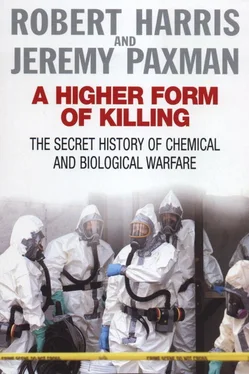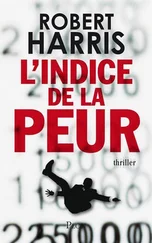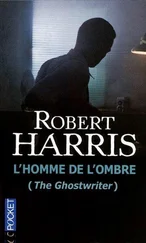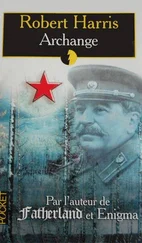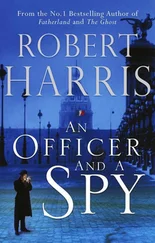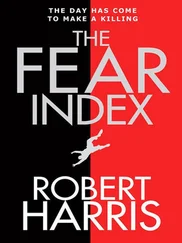There was the same panic-stricken scramble for the rear. On a small stretch of ground leading from the advanced trenches to the supports Bertram counted twenty-seven bodies of men killed trying to outrun the gas; he himself collapsed with vomiting and diarrhoea, unable to breathe, with a feeling ‘of great heaviness in the bottom of the chest’.
The German gas and artillery attack killed 5,000 men. Sergeant Grindley of the Canadian 15th Battalion was one of hundreds carried off the battlefield into the primitive medical posts. The doctors had no idea how to treat gas casualties and two days later Grindley died, gasping for breath. The surgeon who treated him called it ‘air hunger’. In blue pencil he scrawled a post-mortem report:
The Body showed definite discolouration of the face and neck and hands. On opening the chest the two lungs bulged forwards. On removing the lungs there exuded a considerable amount of frothy light yellow fluid, evidently highly albuminous, as slight beating was sufficient to solidify it like white of egg. The veins on the surface of the brain were found greatly congested, all the small vessels standing out prominently. 3
Of those who survived the gas attack, 60 per cent had to be sent home; half were still fully disabled at the end of the war.
Neither for the first time nor the last, men like Grindley – ‘lions led by donkeys’ – suffered for the blunders of their commanders who for weeks beforehand had been warned of what the Germans were planning. Although the facts were suppressed at the time, we now know that on 13 April, over a week before the first attack, a French patrol had captured a German soldier actually carrying a respirator. The soldier, a twenty-four-year-old private called August Jager of Germany’s 26th Army Corps, revealed the German plan to use gas and described the position of the cylinders (the existence of which had already been confirmed by aerial reconnaissance). Jager’s information was passed to the French divisional commander, General Ferry, who in turn passed it on to the British and French High Commands with the advice either that the men threatened be withdrawn or the gas emplacements bombarded. Both his warning and his advice were ignored. As the official British report on the affair – classed ‘secret’ until almost sixty years after the attack – put it:
We were aware of the fact that the Germans were making preparations for the discharge of gas for several days previously… Nobody seems to have realised the great danger that was threatening, it being considered that the enemy’s attempt would certainly fail and that whatever gas reached our line could be easily fanned away. No one felt in the slightest degree uneasy… 4
Neither Ferry nor Jager profited when their predictions were proved correct. Ferry was dismissed from his post by the French High Command, furious at having their incompetence revealed. Jager’s fate was grimmer. In a memoir published in 1930, Ferry imprudently named him as the source of his information. Jäger, now a civilian, was promptly arrested, and at Leipzig in 1932 he was sentenced to ten years’ penal servitude, the court deciding that his betrayal of German plans had helped cost them the war – the last and perhaps saddest casualty of the first gas attack.
The victims of Ypres were evacuated to the area around Boulogne, where they became the focus of intense scientific curiosity. What gas were the Germans using? What protection could be devised against it? The British ransacked their universities and hospitals for experts who might be able to provide the answers to these questions, and by the end of April the seaside town was filled to overflowing with wounded and dying men, attended by a small army of specialists and academics.
The largest hospital was housed in the famous pre-war Casino at Le Touquet, one of the great symbols of the Golden Era that came to an end in August 1914. Now – wrote one of Britain’s leading physiologists, Joseph Barcroft – in elegant rooms which had once echoed to the sound of the roulette wheel, ‘one simply wades through wounded’. Another hospital, in the Pleasure Pavilion at the end of the pier, was ‘so full that it was almost impossible to move about. All the beds full and all available space on the floors. All the other hospitals are the same. Sometimes the beds are made and three cases pass through the bed in a day.’ 5
The feelings of shock and outrage were compounded by the fact that poison gas was specifically outlawed by international law. The Hague Declaration of 1899 had helped lay down the principle that there were certain methods of combat which were outside the scope of civilized warfare. The signatories, including Germany, had pledged among other things ‘to abstain from the use of projectiles the object of which is the diffusion of asphyxiating or deleterious gases’.
To the gassed soldiers sixteen years later, this Edwardian gentlemen’s agreement must have been as far removed from the realities of 1915 as the ornate chandeliers and paintings crated away at the Casino. With extraordinary cynicism, the Germans claimed that by not using projectiles but instead releasing the cloud of gas from cylinders, they had avoided breaking the Hague agreement. The German newspaper, Kölnishe Zeitung , went so far as to claim that ‘the letting loose of smoke clouds, which, in a gentle wind, move quite slowly towards the enemy, is not only permissible by international law, but is an extraordinarily mild method of war’. 6The British Commander-in-Chief, Sir John French, did not think so. On 23 April he telegraphed London asking for the means to retaliate. On the 24th, as the Canadians were enduring the second gas attack, Lord Kitchener, the War Minister, replied. ‘Before we fall to the level of the degraded Germans,’ he informed French, ‘I must submit the matter to the Government.’ It was clear, international agreements notwithstanding, that general chemical warfare could not now be far off. While the Cabinet considered the British position with regard to gas, news of the attack was spread to the general public.
There was a great spasm of anti-German feeling. The press fuelled the anger, printing vivid accounts of the suffering of the wounded. ‘Their faces, arms, hands were of a shiny grey-black colour,’ wrote ‘ The Times, ‘with mouths open and lead-glazed eyes, all swaying slightly backwards and forwards trying to get breath.’ 7Lord Northcliffe’s Daily Mail appealed to the women of England to make respirators using a simple pattern of cotton wool in a gauze envelope. The response to the Mail ’s call was enormous: a million of these embryo gas masks were made in a single day. Thousands unfortunately reached the front and were issued; they were useless when dry and caused suffocation when wet. A week after they arrived, the British High Command ordered them to be withdrawn; by the time the last one disappeared from the battlefield some days later, the Mail ’s respirator had been responsible for the deaths of scores of men.
Not that the official policy was much better. The army relied on the advice of two English professors, Haldane and Baker, who visited the front on 27 April. They recommended as protection the ‘use of cloths etc moistened with urine, earth folded in cloth or enclosed in a bottle from which the base has been removed’. 8These stop-gap measures were all that the Allies had to carry them through three gas attacks on 1, 6 and 10 of May.
The last and greatest attack of the summer came on the 24th. At dawn, under cover of a heavy artillery barrage, the Germans released chlorine along a two-mile sector of the front, between the Menin Road and Sanctuary Wood, south-west of Ypres. The men who held the line – soldiers of the British 1st Cavalry, 4th and 28th Divisions – clutched hastily-issued respirators consisting of two layers of flannel (with tapes attached to tie over the mouth) which were meant to be dipped in soda solution before use, bottles of which were placed in the trenches.
Читать дальше
